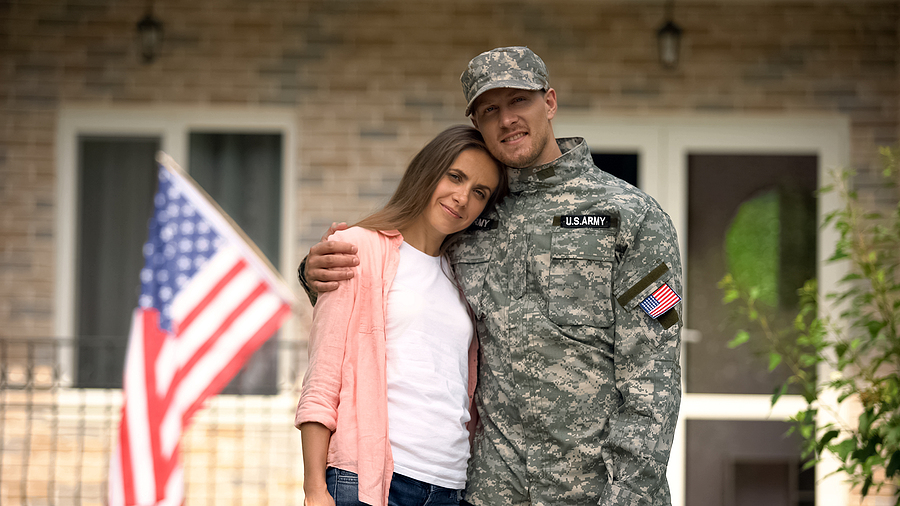The dramatic fall of Afghanistan to the Taliban over the past week has underscored the instability of the region and the difficulties of engaging in a two-decade-long conflict in a foreign country.
It has also highlighted the difficulties faced by many U.S. veterans who have been serving in that country for years—the tremendous challenges of deployment can often be exacerbated by the concurrent difficulties in returning to civilian life.
Among them can be finding housing, whether it’s a rental apartment or a mortgage-financed home. The Disabled Veterans National Foundation notes that, while veteran households tend to have higher homeownership rates than non-veterans, younger veterans have “astonishingly higher cost burdens” than older ones.
“Twenty-first century veterans are far less likely than previous generations to own their own home,” the DVNF states. “Despite having broad access to zero-down mortgages with favorable rates through the VA loan program, less than 50 percent of post 9/11 veterans own a home.”
The housing and lending industries, meanwhile—along with the public sector—have responded with numerous programs meant to facilitate easy housing transitions for those who have served the U.S. through the military.
Among the most popular is the home loan program offered by the U.S. Department of Veterans Affairs. Veterans who are eligible to participate in the program can have part or all of their mortgage backed by the VA. The department points out that with the VA’s backing, “since there’s less risk for the lender, they’re more likely to give you the loan under better terms.” Notably, “nearly 90 percent of all VA-backed home loans are made without a down payment,” it adds.
Veterans United states the loan program has “provided a lifeline for veterans and active Military homebuyers facing higher credit score and down payment requirements.” The program is not without its potential limitations. Some have criticized the fact that the VA does not cover closing costs and that borrowers must cover a VA-specific fee when obtaining the loan.
Elsewhere, the department has offered assistance to veteran homeowners missing payments, launching a COVID-related “partial claim payment program” earlier this year and offering various options for borrowers at risk of default.
State-level veteran agencies tend to defer to federal authorities when it comes to veteran housing assistance. A broad industry of nonprofit and charity-based groups, meanwhile, have sprung up to fill the gap, working to place veterans in housing around the country.
Among them is Homes For Our Troops, a nonprofit which seeks to “build and donate specially adapted custom homes nationwide for severely injured post-9/11 Veterans, to enable them to rebuild their lives.”
The initiative, launched in 2004, says it aims to “restore some of the freedom and independence our veterans sacrificed while defending our country, and enable them to focus on their family, recovery, and rebuilding their lives.” The nonprofit boasts a high program percentage ratio, with nearly 90 cents on the dollar going to veteran programs.
Building Homes for Heroes offers similar assistance to veterans. The charity, launched shortly after the Sept. 11 attacks, “builds or modifies homes, and gifts them, mortgage-free, to injured veterans and their families,” while also offering various support services. The organization this year has set a goal of building “more than one home every 11 days.”
Other charities provide smaller but no less indispensable services, such as Homes for Veterans, which offers “help with barrier-free services, for example: wheelchair ramps, widening doorways for wheelchair access, kitchen adaptations including roll-under sinks and lowering countertops, bathroom adaptations including wheelchair accessible showers.” Such charities can fulfill significant assistance needs for disabled veterans without adding to their household or personal debt loads.
The U.S. is welcoming home several thousand troops from Afghanistan as part of the wind-down in operations there, though around 3,000 additional troops were deployed to the region last week to assist with the chaotic withdrawal from the country.
